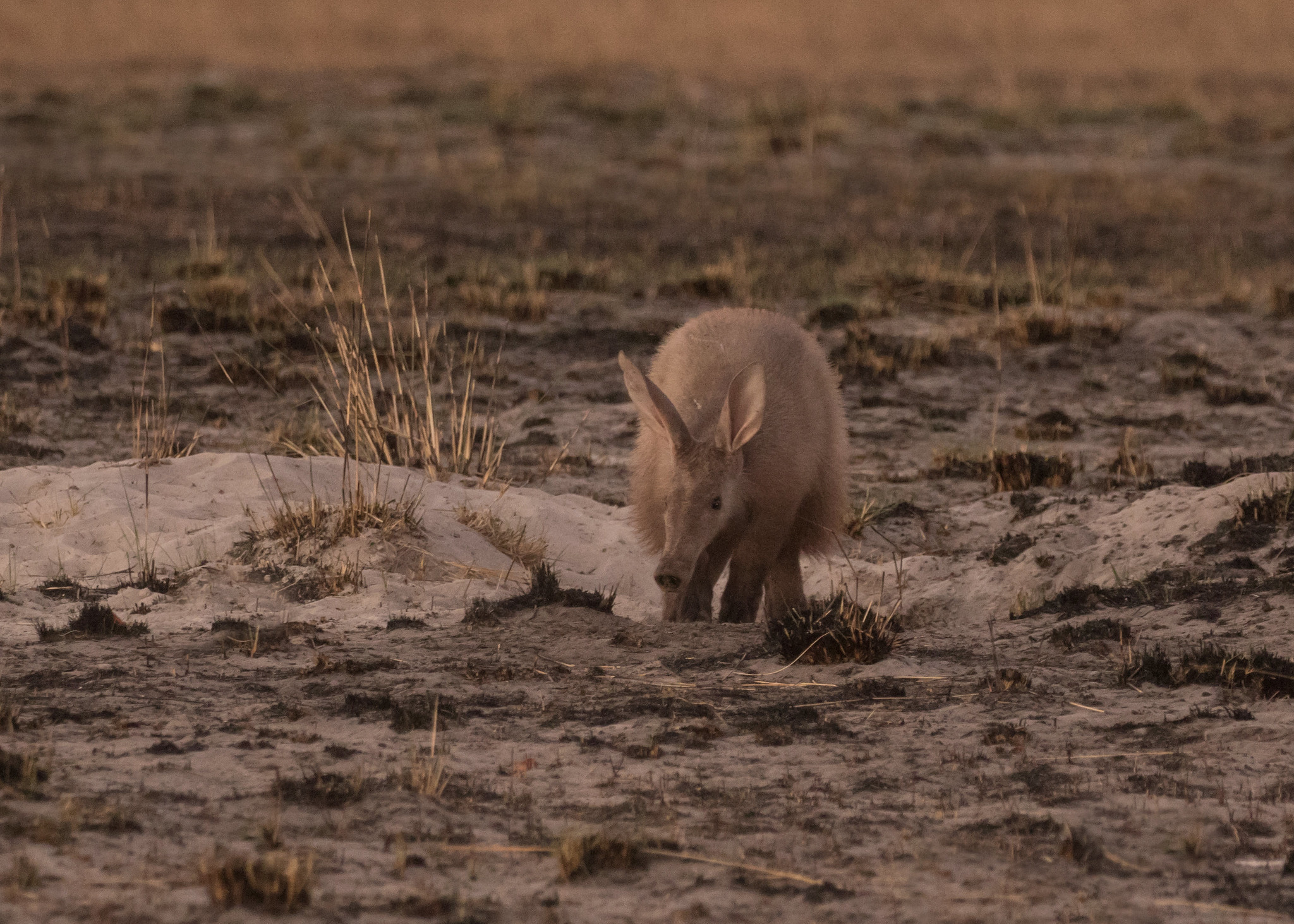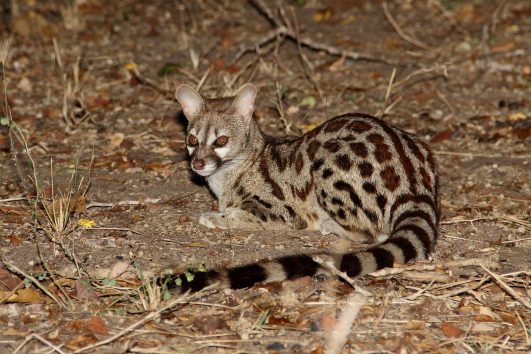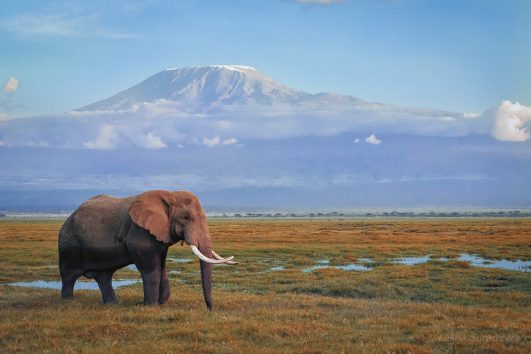The aardvark, whose name comes from the Afrikaans/Dutch for “earth pig,” is a nocturnal mammal native to Africa. It’s the only living species of the order Tubulidentata, known for its unique adaptations for digging and feeding on ants and termites. Despite its pig-like appearance, the aardvark is not closely related to pigs or anteaters but shares a distant ancestry with elephants. At Kilimanjaro National Park, Mount Kenya National Park and Arusha National Park where Mount Meru stands, you need luck to see this elusive animal if you are on your way to climb the mountain, unless if you are on safari. Other places where you can find the Aardvark include Masai Mara Game Reserve in Kenya, Serengeti, Ngorongoro, Tarangire and Lake Manyara National Park in Tanzania.
Physical Appearance:
- Size: Aardvarks are medium-sized, with a body length of about 1-1.3 meters (3.3-4.3 feet) and a weight ranging from 40 to 65 kg (88 to 143 lbs).
- Fur: Their fur is sparse, coarse, and yellowish-grey, providing good camouflage in the African savannah.
- Body Shape: They have a stout body with strong, arched shoulders, a long snout, and large ears. Their tail is thick and taper to a point.
- Limbs: Aardvarks have strong, sturdy legs with four toes on the front feet and five on the back, each equipped with powerful claws for digging.
Adaptations:
- Digging: Their primary adaptation is for digging. The strong limbs and claws allow them to excavate burrows quickly or break into termite mounds.
- Snout and Tongue: Their long snout and sticky, extensible tongues (up to 30 cm or 12 inches) are perfect for reaching into ant and termite nests to extract prey.
- Teeth: Unlike most mammals, aardvarks have no enamel on their teeth; instead, their teeth are made of dentine and are continuously replaced, an adaptation for grinding insects.
- Ears: Large ears help in detecting predators and prey, and they can also regulate body temperature by increasing blood flow to dissipate heat.
- Nocturnal Vision: They have good night vision, aiding their nocturnal lifestyle.
Habitat:
- Range: Aardvarks are found across sub-Saharan Africa, from South Africa to Ethiopia, in a variety of habitats.
- Environment: They prefer savannahs, grasslands, and woodlands where they can find ample food sources and soft soil for digging. They are less common in dense forests or very arid regions.
- Burrows: Aardvarks are excellent burrowers, creating extensive burrow systems for shelter, which can be up to 13 meters (43 feet) long. These burrows also serve as homes for other animals like warthogs or jackals.
Behavior and Lifestyle:
- Diet: Primarily insectivorous, focusing on ants and termites, but they will also eat other insects, larvae, and occasionally plant material.
- Solitary: Aardvarks are generally solitary, coming together only to mate. They are territorial but not aggressively so.
- Reproduction: Females give birth to one offspring after a gestation period of about seven months. The young are weaned at around three months but stay with the mother for several months more.
Conservation Status: Aardvarks are not currently considered endangered, but they face threats from habitat loss due to agriculture and human settlement, as well as from hunting for their meat or for traditional medicine. Their burrowing activity, however, contributes positively to soil aeration and ecosystem health.
Additional information
| Habitat | Kilimanjaro National Park, Mount Meru, Mount Kenya, Rwenzori |
|---|




